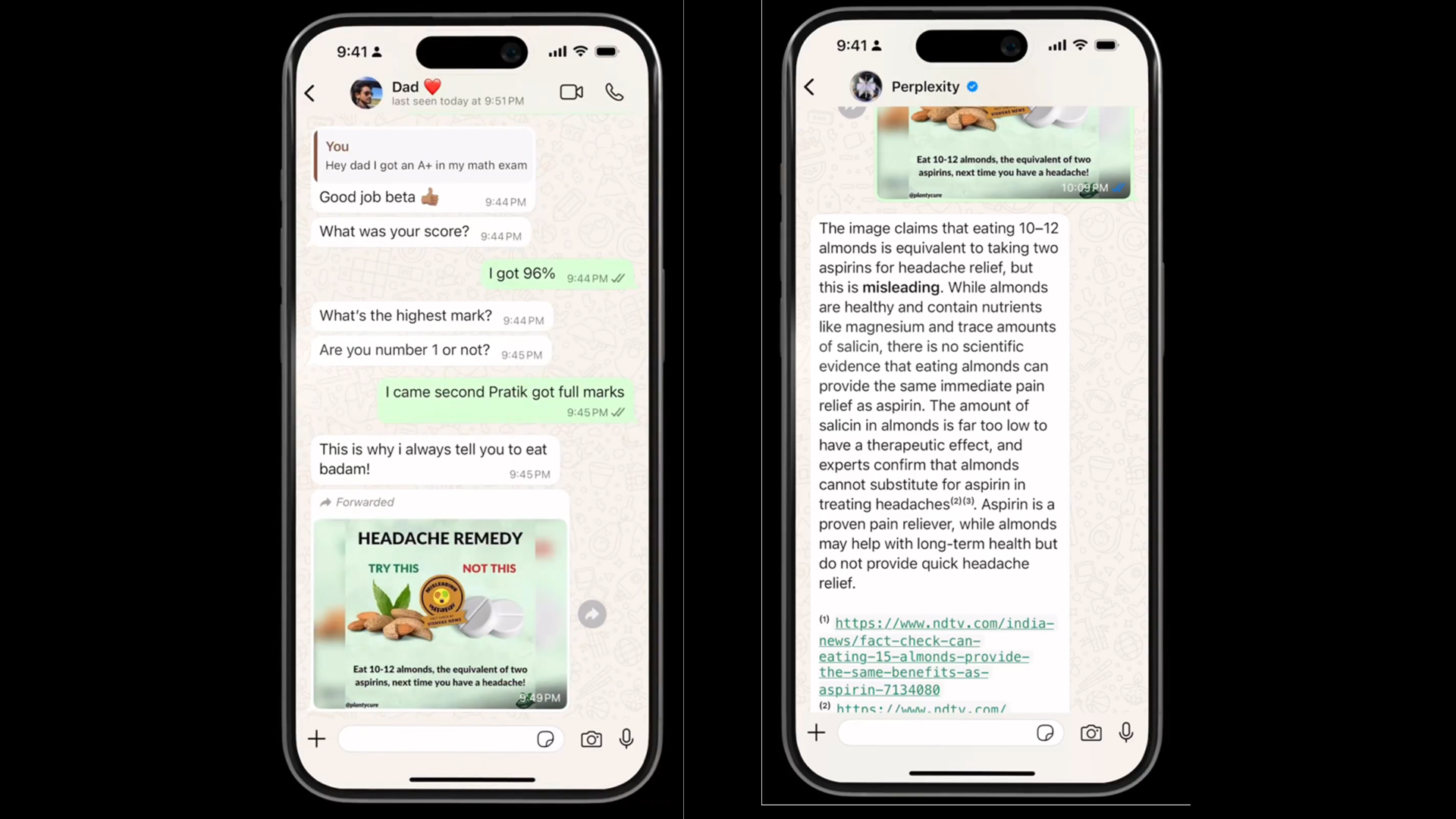How to Fact-Check WhatsApp Messages: Combating Misinformation in the Digital Age
WhatsApp, a ubiquitous messaging app, has become a breeding ground for misinformation. The ease of sharing messages, often without verification, contributes to the rapid spread of false news, hoaxes, and scams. Learning how to fact-check WhatsApp messages is crucial in navigating this digital landscape and protecting yourself and others from harmful content. This guide provides you with practical steps and resources to effectively verify the information you receive.
Why Fact-Checking WhatsApp Messages is Essential
The speed at which misinformation spreads on WhatsApp is alarming. A single false message can reach thousands within minutes, leading to panic, confusion, and even dangerous actions. Fact-checking ensures you're not inadvertently contributing to the problem by sharing unverified information. It also protects you from scams, phishing attempts, and other malicious activities often disguised as legitimate news.
Steps to Fact-Check WhatsApp Messages: A Practical Guide
Here's a step-by-step guide to help you determine the authenticity of any message received on WhatsApp:
1. Assess the Source:
- Who sent it? Is it a known reliable source, or an unknown number/contact? Be wary of messages from unverified sources.
- What's the sender's reputation? Have they previously shared credible information, or are they known for spreading rumors?
2. Check the Information:
- Look for red flags: Does the message contain sensational claims, emotional language, or inflammatory rhetoric? These are often signs of misinformation.
- Reverse image search: If the message includes an image or video, perform a reverse image search using Google Images or TinEye. This can reveal the original source and context of the media.
- Verify dates and statistics: Are the dates and figures accurate? Cross-reference information with reputable news sources.
- Look for evidence of manipulation: Has the image or video been edited or altered? Check for inconsistencies or unnatural elements.
3. Consult Reputable Sources:
- Seek credible news organizations: Consult established news outlets known for their journalistic integrity.
- Government websites: Verify information related to government policies or announcements through official government channels.
- Fact-checking websites: Utilize dedicated fact-checking websites like Snopes, PolitiFact, and FactCheck.org. These websites investigate claims and provide evidence-based assessments.
4. Consider the Context:
- Is the information relevant to your location? Misinformation often targets specific regions or demographics.
- Does the information make logical sense? Be skeptical of claims that seem too good to be true or contradict established knowledge.
5. Report False Information:
- Report suspicious messages: WhatsApp allows you to report messages that violate their terms of service, including misinformation and spam.
- Educate others: Share this guide with your contacts to help them improve their fact-checking skills.
Tools and Resources to Help You Fact-Check
- Google Reverse Image Search:
- TinEye Reverse Image Search:
- Snopes:
- PolitiFact:
- FactCheck.org:
Conclusion: Become a Responsible Digital Citizen
Combating misinformation requires active participation. By learning to fact-check WhatsApp messages effectively, you contribute to a more informed and responsible digital environment. Remember, sharing information without verification can have serious consequences. Follow these steps and utilize the resources provided to ensure the accuracy of the information you share and receive. Let's work together to stop the spread of false news and build a more trustworthy online community.

